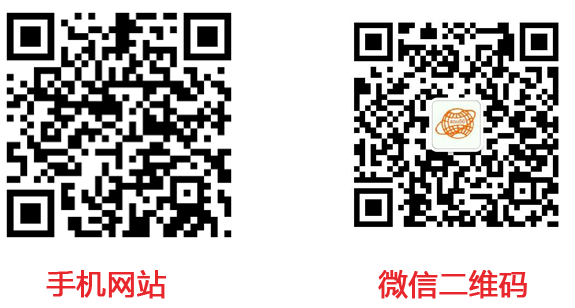联系我们
名称:沧州市印刷厂
电话:xxx
手机:13313028229
邮箱:xxx
地址:xxx
新闻动态
印版上图文与非图文区域的相对位置对印刷方法进行分类
根据印版上图文与非图文区域的相对位置对印刷方法进行分类
Classification of printing methods according to the relative position of graphic and non-graphic areas on the plate
按照印版上图文与非图文区域的相对位置,常见的印刷方式可以分为凸版印刷、凹版印刷、平版印刷及孔版印刷四大类:
According to the relative position of graphic and non-graphic areas on the plate, the common printing methods can be divided into four categories: relief printing, gravure printing, lithographic printing and orifice printing.
(1)凸版印刷,印版的图文部分凸起,明显高于空白部分,印刷原理类似于印章,早期的木版印刷、活字版印刷及后来的铅字版印刷等都属于凸版印刷。
(1) In relief printing, the graphic part of the plate is raised, which is obviously higher than that of the blank part. The principle of printing is similar to that of seals. Early woodblock printing, movable-type printing and later type printing all belong to relief printing.
(2)凹版印刷,印版的图文部分低于空白部分,常用于钞票、邮票等有价证券的印刷。
(2) Gravure printing, where the graphic part of the plate is lower than the blank part, is often used for the printing of banknotes, stamps and other securities.
(3)平版印刷,印版的图文部分和空白部分几乎处于同一平面,利用油水不相溶的原理进行印刷的方式。
(3) Lithographic printing, where the graphic and blank parts of the plate are almost on the same plane, uses the principle of oil-water incompatibility to print.
(4)孔版印刷,印版的图文部分为洞孔,油墨通过洞孔转移到承印物表面,常见的孔版印刷有镂空版和丝网版等。
(4) Hole plate printing, the graphic part of the plate is holes, ink is transferred to the surface of the substrate through holes, the common hole plate printing is hollow plate and screen plate.
Classification of printing methods according to the relative position of graphic and non-graphic areas on the plate
按照印版上图文与非图文区域的相对位置,常见的印刷方式可以分为凸版印刷、凹版印刷、平版印刷及孔版印刷四大类:
According to the relative position of graphic and non-graphic areas on the plate, the common printing methods can be divided into four categories: relief printing, gravure printing, lithographic printing and orifice printing.
(1)凸版印刷,印版的图文部分凸起,明显高于空白部分,印刷原理类似于印章,早期的木版印刷、活字版印刷及后来的铅字版印刷等都属于凸版印刷。
(1) In relief printing, the graphic part of the plate is raised, which is obviously higher than that of the blank part. The principle of printing is similar to that of seals. Early woodblock printing, movable-type printing and later type printing all belong to relief printing.
(2)凹版印刷,印版的图文部分低于空白部分,常用于钞票、邮票等有价证券的印刷。
(2) Gravure printing, where the graphic part of the plate is lower than the blank part, is often used for the printing of banknotes, stamps and other securities.
(3)平版印刷,印版的图文部分和空白部分几乎处于同一平面,利用油水不相溶的原理进行印刷的方式。
(3) Lithographic printing, where the graphic and blank parts of the plate are almost on the same plane, uses the principle of oil-water incompatibility to print.
(4)孔版印刷,印版的图文部分为洞孔,油墨通过洞孔转移到承印物表面,常见的孔版印刷有镂空版和丝网版等。
(4) Hole plate printing, the graphic part of the plate is holes, ink is transferred to the surface of the substrate through holes, the common hole plate printing is hollow plate and screen plate.
 13313028229
13313028229